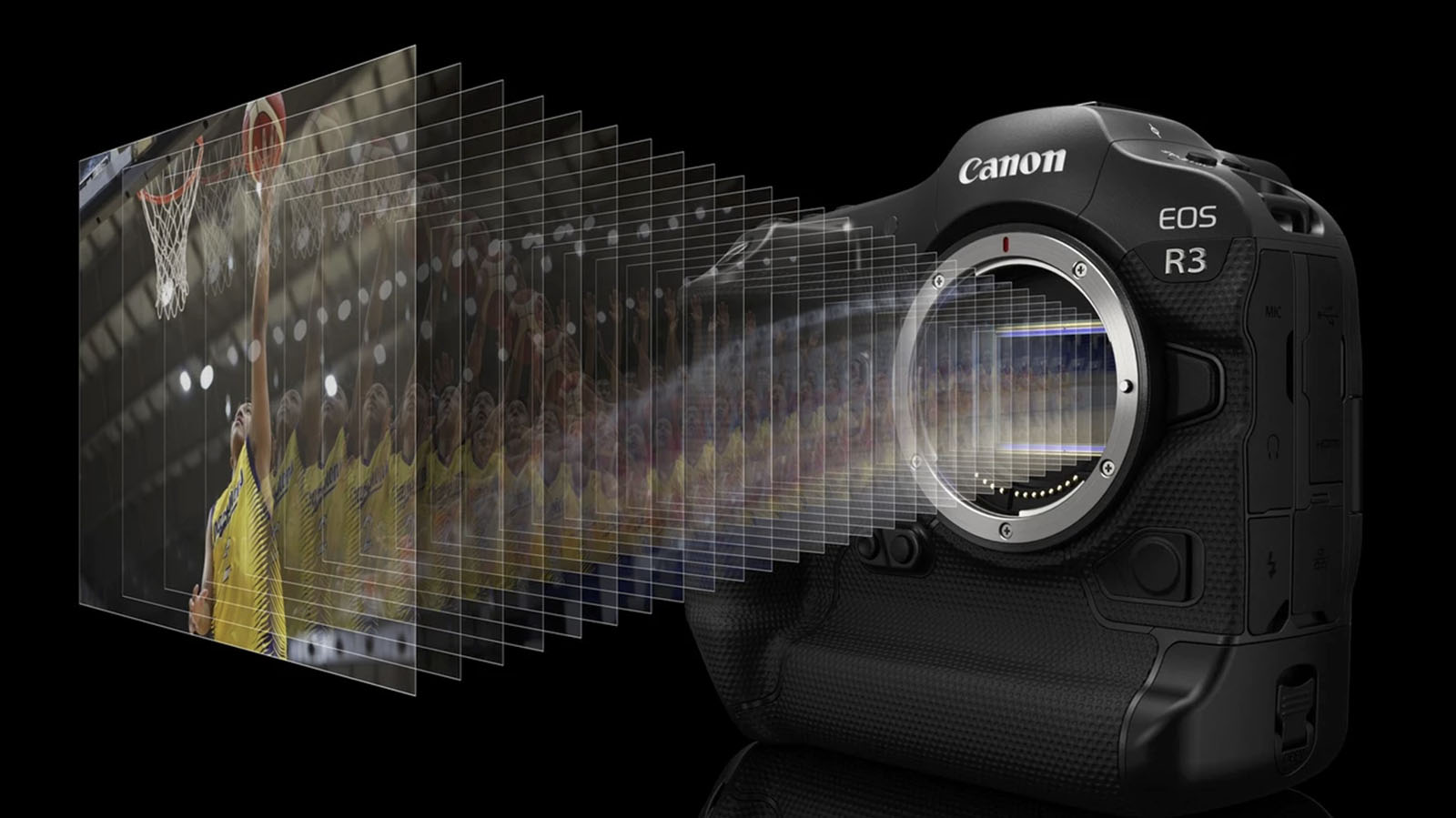Canon Patents a Triple-Layer High-Speed Stacked Image Sensor
![]()
Patents are always a fun way to see what camera companies are up to and theorize about what might be coming next, even if they frequently don’t find their way into actual products. A new Canon patent filed in Japan is particularly intriguing, as it outlines a triple-layer high-speed stacked image sensor.
Filed on J-PlatPat and seen on Canon Rumors, the patent (number JP2024-019961) describes a stacked image sensor that promises high-speed photoelectric conversion. Based on the machine-translated text in the patent filing, the three-layered sensor includes a top semiconductor layer, a middle readout circuit layer, and a bottom image signal processing layer.
Compared to Sony’s typical stacked image sensors, which Sony sensor designer Taku Umebayashi described in 2022, Canon’s patent has an extra layer. Sony’s stacked sensor separates pixels into one layer, where light is absorbed and converted into electrical signals, and a second processing layer that takes the electrical information and processes it into an actual image. Sony’s stacked sensor offers numerous benefits to the user, including improved imaging performance and faster processing. The approach also provides economic and production advantages.
It seems like Canon’s patent describes a sensor that splits the electrical conversion and processing steps into two different layers. Canon claims that this three-layer design increases pixel density and reduces electrical resistance, allowing faster conversion rates (ie. processing).
Canon is itself no stranger to stacked sensors either as its flagship mirrorless camera, the Canon EOS R3, sports a stacked 24-megapixel image sensor. Like Sony’s stacked sensor designs, the R3’s image sensor is a two-layer back-illuminated stacked CMOS sensor.

“The new sensor features circuitry on its rear, instead of its front, so it can gather more light, which reduces noise. Two layers of circuitry are ‘stacked’ together, transforming the speed that the sensor can send image data to its DIGIC X processor,” explains Canon Europe.
“This speed not only enables 30fps continuous shooting (with continuous AF and AE), but also lets the camera check focus 60 times every second. A black-out free electronic viewfinder refreshes at 120fps for a startlingly lifelike experience, even when shooting fast-moving subjects,” the company continues.
By expanding the amount of wiring and computational hardware in the image sensor stack, Canon could increase processing power and, thus, overall performance.
The patent also mentions that additional processing power could enable time-of-flight measurements on-chip, which is relevant for any imaging device that must measure distances. For example, a camera system for an autonomous vehicle could significantly benefit from such an image sensor.
While this patent may not result in a triple-layered stacked image sensor making its way into a Canon camera, there’s no question that Canon’s engineers are constantly working on new ways to improve camera performance and speed. Introducing an additional sensor layer is one of many possible ways to achieve this goal.
The entire patent filing is exceptionally detailed and dense. It is available on J-Plat-Pat in text and PDF formats.
Image credits: Featured image includes an illustration from Canon’s three-layer sensor patent application (JP2024-019961) (left) and an image from Canon’s EOS R3 marketing materials (right).